Ah yes, the Laserdisc or LD, the Vinyl album for movies (and games). It's a behemoth version of the compact disc and the granddaddy of DVDs, the LD is a home video format and the first commercial optical disc storage medium that used analog video and sound. It was one of those products that was both a few years too late and way too far ahead of its time. Many people have know idea it existed, because it was for videophiles and it was expensive. Its superior video and audio quality made it a popular choice among videophiles and film enthusiasts during its lifespan, but it did not take off mainstream
It was initially licensed, sold and marketed as MCA DiscoVision (also known simply as “DiscoVision”). Pioneer Electronics later purchased the majority stake in the format and marketed it as both LaserVision (format name) and LaserDisc (brand name) in 1980.
Get in the LaserDisc player, Shinji!Clockwize: The Wizard of Oz, Aliens, The Lion King and Children's Treasures: The Raccoons Collection (1984
Laserdiscs only used 2 main analog video codecs, CLV (compressed) and CAV (uncompressed). The video is simply a high quality analog signal and it was the best that standard video could offer at the time.
CAV (Constant Angular Velocity) discs were about 30 minutes per side and offered the still frame, slow motion. If you bring up the playback info, CAV discs will show a frame number. These discs did not play linearly - meaning it wasn't one continuous path for the laser to follow. The easiest way to describe it would be to say each frame was like a ring on the disc. That's how it does the still frame. The player just stays on that one ring, playing it over and over. If you look at the surface of the disc, you can see a different pattern for the video data. CAV discs rotate at a constant 1800 rpm.
CLV (Constant Linear Velocity) discs were about 60 minutes per side and did not offer the various playback effects unless the player had some digital features to store the frame (not a common feature). In general, pausing a CLV disc will not give you a still frame. If you display the playback info, it will show a time reference instead of a frame number. CLV discs are more like audio CDs in how they play. The laser follows a spiral path as the disc rotates. This is why there's no still frame with CLV. Stopping the laser means the playback data is not always at the location the laser is reading as the disc spins. The disc is spinning at like 1800-600 rpms so it can quickly realign with the video to continue playing. With CLV, the laser starts at the center and the disc starts spinning at 1800 rpm. It gradually slows down to 600 rpm at the outer edge of the disc.
CAA (constant angular acceleration) was introduced by Pioneer in the early 1980s, due to problems with crosstalk distortion on CLV extended play LaserDiscs. Constant Angular Acceleration is very similar to Constant Linear Velocity, save for the fact that CAA varies the angular rotation of the disc in controlled steps instead of gradually slowing down in a steady linear pace as a CLV disc is read. With the exception of 3M/Imation, all LaserDisc manufacturers adopted the CAA encoding scheme, although the term was rarely (if ever) used on any consumer packaging. CAA encoding noticeably improved picture quality and greatly reduced crosstalk and other tracking problems. There are not any known uses of this format on the consumer market.
Analog audio was the only mandatory audio, some say it's better than digital and some say it's not as great as vinyl, but that's debatable. Analog-only tracks were only in mono and stereo.
CBS created freely-licensed analog noise reduction technology called the CX, which increases dynamic range, reduces noise, and less interference with both analog video and audio. Only works with mono and stereo. CBS tried to use it on Vinyl, it worked and it was a cool technology but their was less adoption because many sound engineers didn't like them on Vinyl and condemned it. But it was very successful on LD and many major studios was adopt it. To experience a CX analog track, it requires a CX decoder, it will work on a normal LD player without a CX decoder.
When the CDs came out, people were hungry for digital sound, especially digital stereo, so, Digital PCM was added as an optional codec, but needed a player that can decode it. In NTSC regions they mostly came with both Analog and Digital tracks including CX tech. Both PAL regions couldn't do both because PAL video took up more space. Digital Sound was only stereo or mono.
In the 80's, Dolby Laboratories created their own optional analog 4.1 surround sound system "Dolby Surround" and in the 90's created Dolby Digital 5.1 surround sound (or AC-3 as we no today). 386kbps on LD, over 650 mbps on BD. Dolby Digital was the jam at the time with it's digital theater-like audio quality.
Now comes DTS, who helped Steven Spielberg create the Jurassic Park sound experience (George Lucas was supporting Dolby instead) and they wanted to find a way to turn it into a commercial product. DTS was another optional digital codec, that has been considered superior and expensive than Dolby. (DTS is still better than Dolby).
LaserActive games (the Vinyl of video games) uses the proprietary Roland RSS system (Realtime Specialization) used to provide stereo specialization (sound location) to extend the playing experience. Very interesting.
More info on LD sound. https://www.lddb.com/help/sound/
There are movies, some versions and extras from movies are exclusive to Laserdiscs and has never been released on any other format including DVD and digital stores, like the Song of the South, E.T.'s Harrison Ford deleted scene, and Alien's Laserdisc Collector's Section (later ported to Blu-ray).
In the 90's LaserDisc was ahead of it's time but also late, when they introduced bonus features that we now often see on DVD and Blu-ray. It contained audio commentaries, deleted scenes and interviews. LD did not have main menus like DVD, but the closes thing to a "menu" or "interactivity" was slideshows, showing photo galleries and text-based info via chapter selection. Example, Collector's Section of the 1992 extended Special Edition of Aliens LD (way ahead of it's time) would go on to prove immensely popular.
Neon Genesis Evangelion: The Movie: Limited Box Set, One of the most elaborate Laserdisc box sets ever released.
LaserDisc are very popular in Japan because they love Karaoke. So, don't be surprised to see ALOT of Karaoke discs.
Some soundtracks were released on LD, but they didn't sell well in favor for the durable and better Vinyl.
For video games, there was a were alot Laserdisc arcade games like Dragon's Lair and Space Ace. But rarely for normal LD players like MysteryDisc series that came out in 1983, predating the FMV games in the 90's and they were pure analog. Check this website dedicated to Arcade LaserDisc games.
A screenshot of MysteryDisc: Murder Anyone? 1983. It's primitive, but very interesting and ahead of it's time.
In 1993, Pioneer created the LaserActive, a digital video game console that used Laserdiscs. It was sort-of the "vinyl" for video games because it was the only video games to use those "big sleeve" covers. The game system used a mix of analog video and sound with digital interactivity and audio. Almost all LaserActive games used the Roland Sound Space system for both analog and digital sound. The LaserActive never launched to the mainstream because it was expensive and their were better alternatives, so it was a commercial failure.
I know gamers would wine n' cry about how "bulky" that disc will be if you carry it. But I have to admit, there's something appealing about it and LaserDiscs in general.

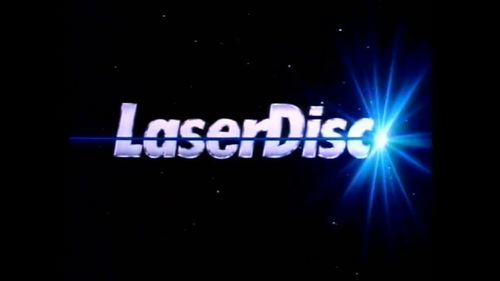


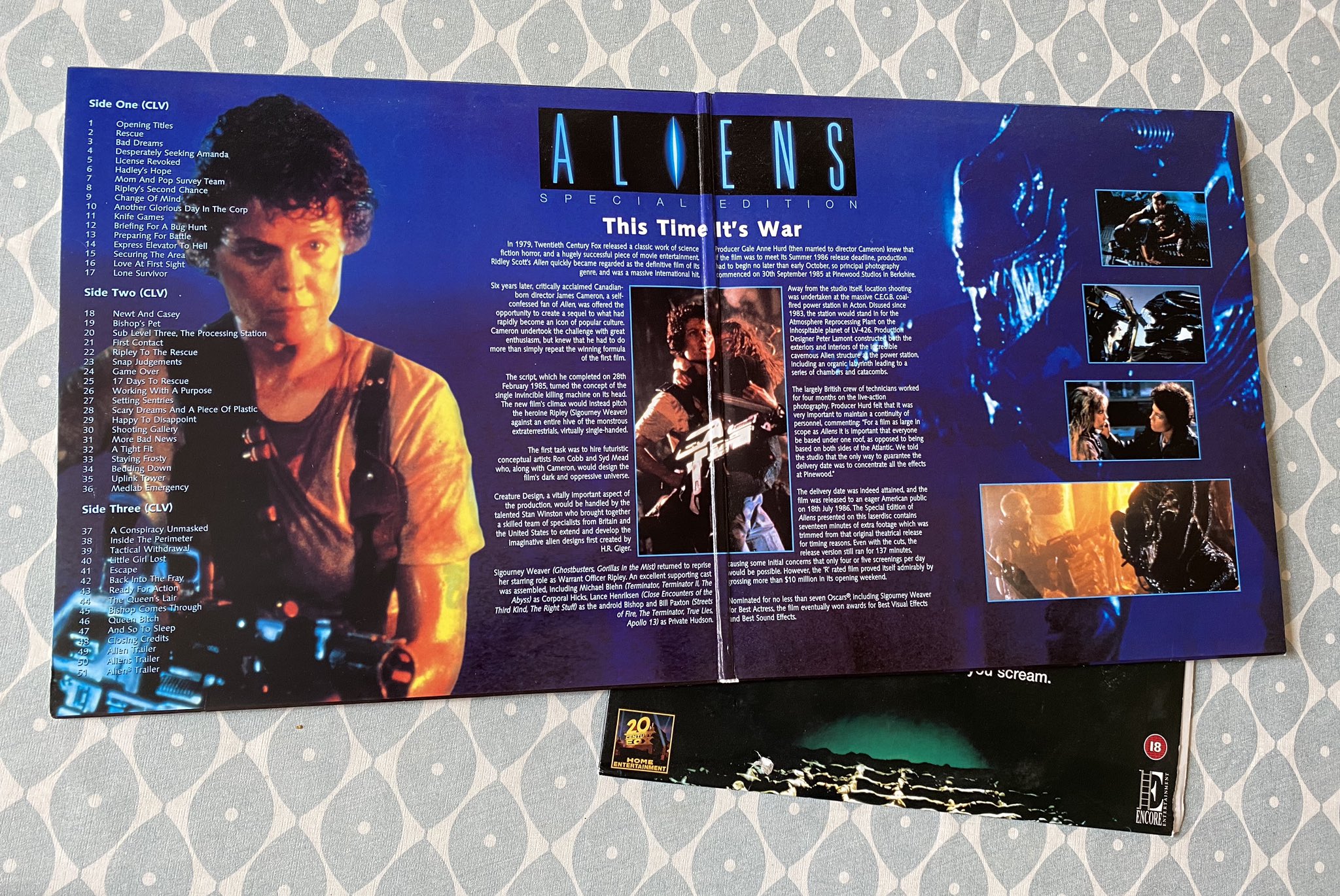
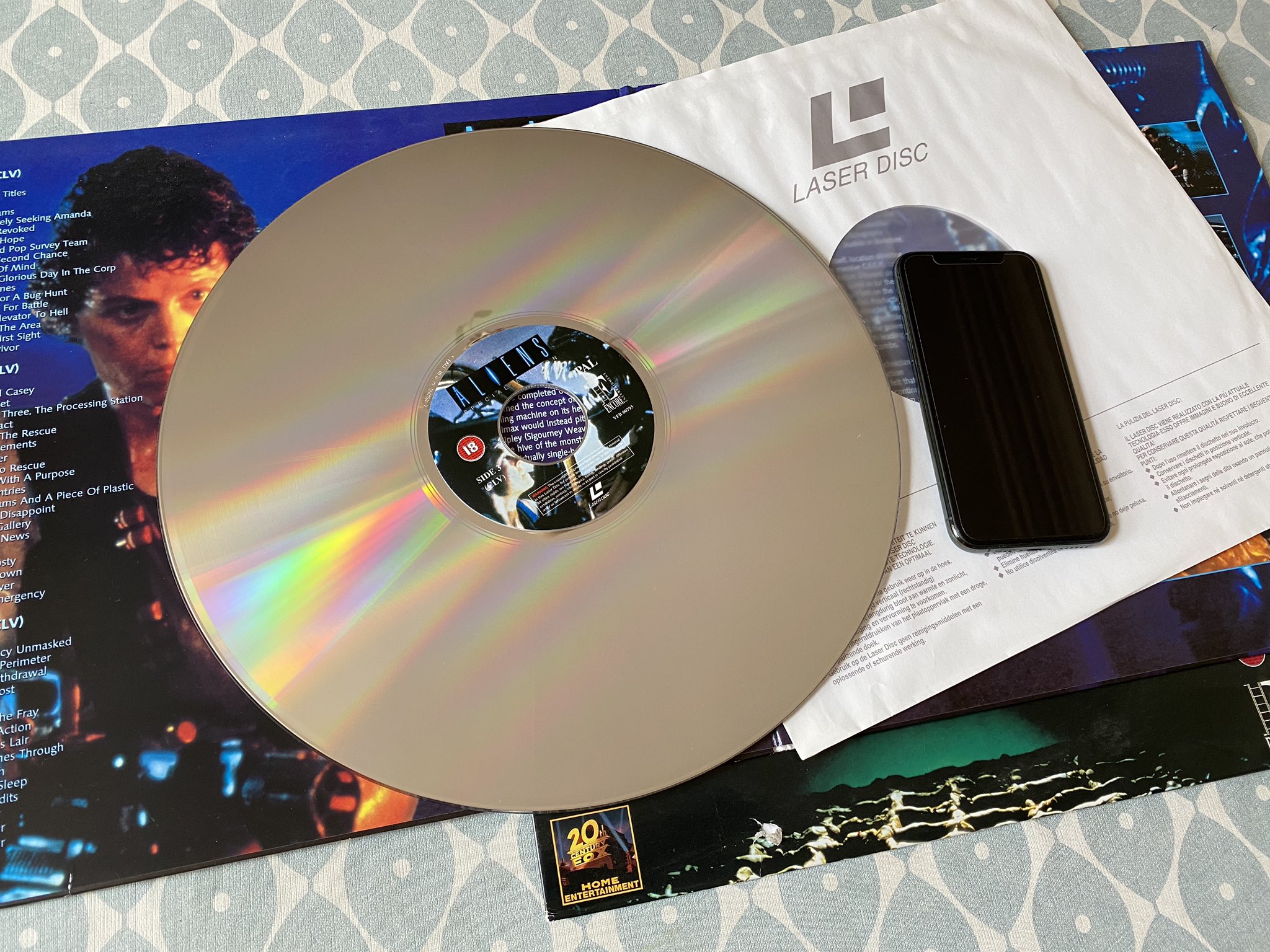

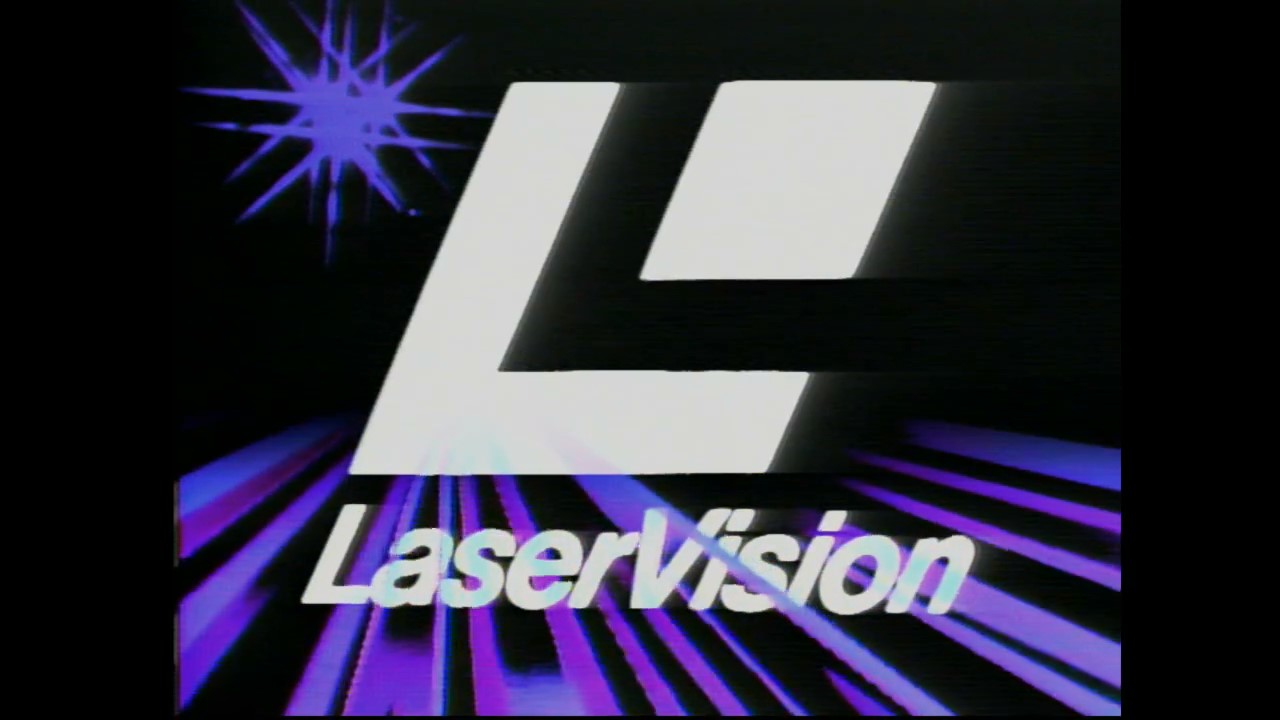







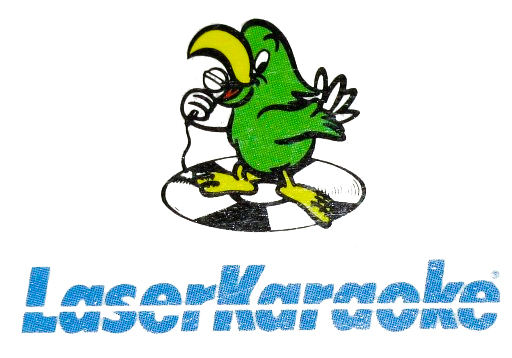









Comments